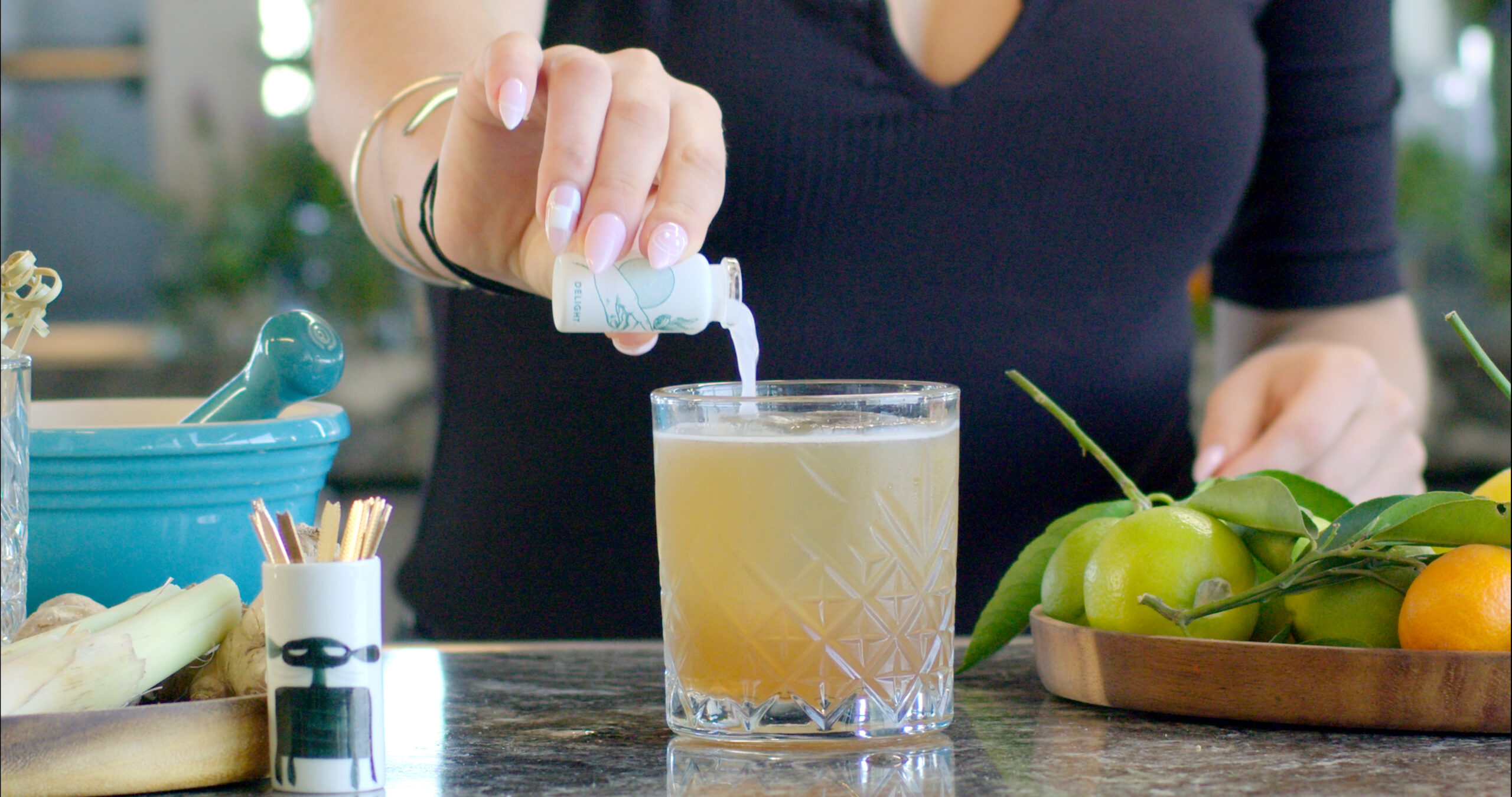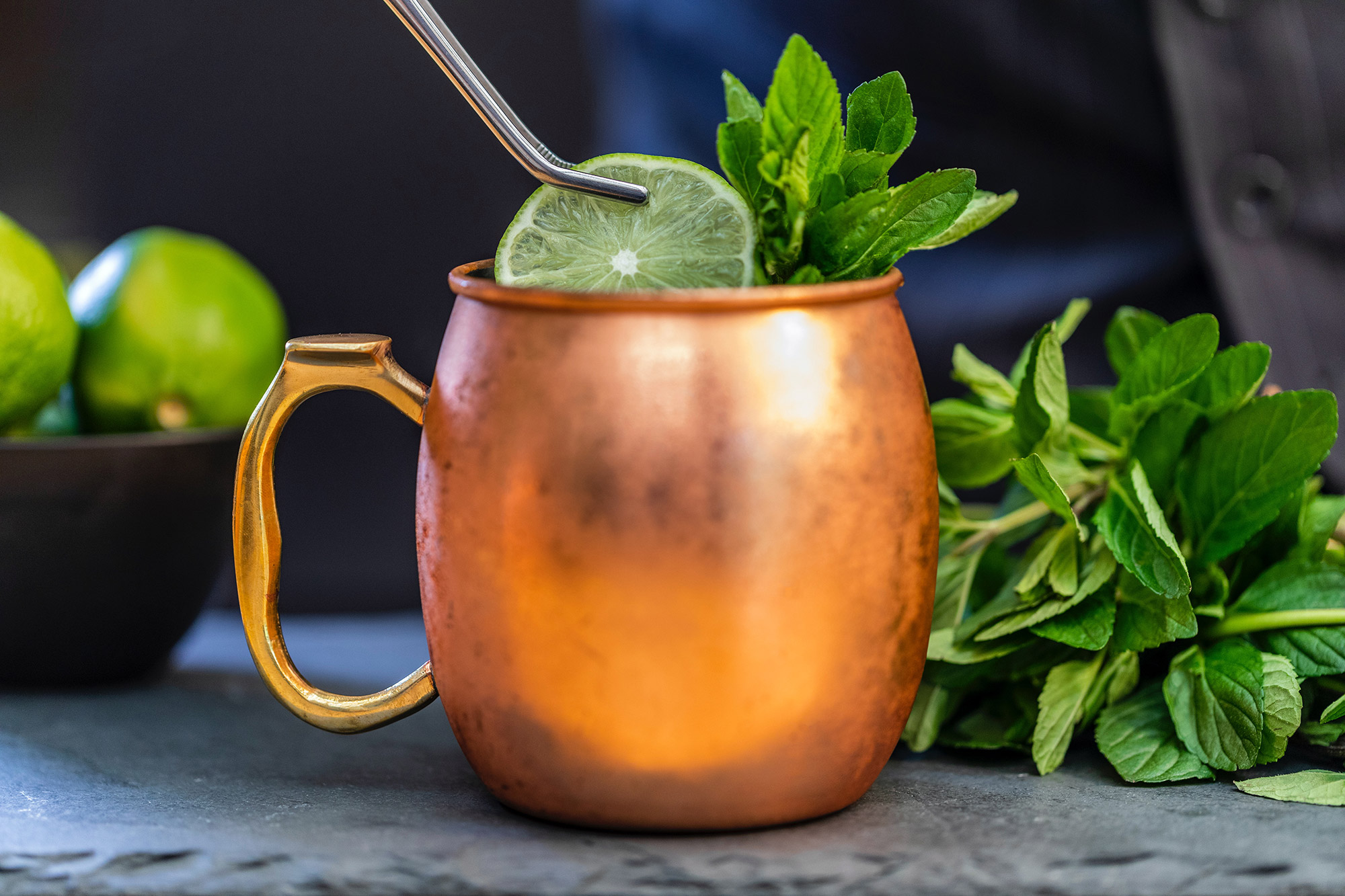Better Alternatives to Smoking Cannabis

Table of contents
If you are looking for better alternatives to smoking cannabis, you have come to the right place.
Today’s health conscious individuals who want to reap the therapeutic benefits of consuming cannabis without smoking it have many options to explore.
In this article, we will cover other ingestion methods, “smoke-less” cannabis products, and even alternative phytochemicals that could be as beneficial as cannabis.
Let’s dive in!
What To Do Instead of Smoking Cannabis
Cannabis Edibles
At the beginning of the medicinal/recreational cannabis boom, the only alternative to smoking cannabis was edibles. More specifically, an edible used to refer to only brownies that contained cannabis. Fortunately, edibles have come a long way from the quintessential “pot” brownie. Now, edibles come in a variety of food types–from brownies and gummies to hard candies and chips–and contain different amounts of CBD, THC and other cannabinoids.
People eligible for medical cannabis can choose to receive prescribed amounts of THC in edibles instead of smoking medicinal cannabis. In states where recreational cannabis is legal, adults can purchase edibles containing THC at dispensaries licensed to sell such products. The amount of THC permitted in recreational edibles varies, but common measurements range between 5 and 11 mg per bite.
Alternately, CBD edibles can be legally purchased in most states because CBD is a nonpsychoactive chemical. Consuming edibles containing CBD may help alleviate pain, inflammation, anxiety and other health issues. A New York Times article cites a survey indicating 60 percent of 5000 respondents say they use CBD products to relieve anxiety. Additionally, there is peer-reviewed evidence showing that CBD may also help some people manage symptoms of chronic disorders that do not respond to traditional treatment.
Cannabis Vaporizers/Vape Pens
Vaporizers heat cannabis flowers or cannabis oil to a certain temperature range that works to release cannabinoids as a fine mist (vapor) to be inhaled. Since the cannabis product is heated but not combusted, the resulting vapor is not smoke. In fact, cannabis vapor contains significantly fewer toxins than tobacco or marijuana smoke due to the heating and not burning cannabis. It’s the process of burning tobacco or cannabis that creates tar and other carcinogens.
Other benefits of using a cannabis vaporizer include:
- Doesn’t irritate the lungs like smoke can.
- No need to “hold” vapor in the lungs to get the full effect of cannabinoids. Vapor is more easily absorbed by the lungs than smoke.
- Won’t induce nausea in people who feel ill around the smell of smoke.
- Vaping devices offer a variety of features to improve the experience of vaping, such as retractable mouthpieces, fast-heating controls and temperature settings
Cannabis Tinctures
Tinctures are alcohol-based edibles made to facilitate absorption into the bloodstream when placed under the tongue. Tinctures can be added to drinks, food or as a sublingual product using an eyedropper for more precise measurement.
Some things to remember when using a cannabis tincture:
Higher alcohol content facilitates dissolution of cannabis resin. Beer and wine are not recommended to take cannabis tinctures with.
Do your research for dosages and ratios, that may best address your needs. Cannabis tinctures will last several years when refrigerated in amber glass bottles. Colored glass is necessary to prevent degradation of cannabinoids in the tincture
Ingestible Oils
Cannabinoids come in concentrated oil form that can be consumed as oils administered with an eyedropper or added to food. CBD oil is legal to buy in most states because it only contains CBD and not THC.
Alternately, true cannabis oil contains both CBD and THC and is a form of medicinal cannabis obtained via physician’s prescription. Most CBD oil is derived from industrial hemp which provides significantly more CBD than cannabis. Following extraction of CBD from hemp plants, this oil is then diluted with hemp seed oil, coconut oil or other carrier oil.
Topicals
Cannabis creams and lotions may relieve symptoms of dermatitis, eczema and other skin irritations. Some research indicates CBD cream for joint pain may alleviate inflammation and stiffness associated with arthritis and back pain.
Hemp seed oil is a popular ingredient in cannabis-based topicals. Rich in omega-3 and omega-6 essential fatty acids, hemp seed topical oils may help reduce symptoms of psoriasis, atopic dermatitis, eczema, acne and non-melanoma skin cancers. People with arthritis and other forms of joint pain rub CBD topicals into joints to help manage pain and stiffness.
Patches
Transdermal cannabinoid patches may relieve joint, back and nerve pain by providing slow release of CBD and/or THC via a self-adhesive patch. People using medical cannabis may opt for transdermal patches if they don’t want to smoke or ingest cannabis. These patches work similar to the way nicotine patches deliver nicotine, through the skin, into the bloodstream. One of the advantages to a CBD or THC patch is that cannabinoids do not have to pass through your digestive system. When you consume edibles, oils or juices, some CBD or THC is lost when digestive enzymes break down food.
Cordials
Cordials are edibles that have been emulsified to create a faster onset time. Emulsification also avoids secondary digestion of cannabinoids in the liver, a common problem with other types of edibles. Secondary digestion causes a “secondary high” which can be an issue for some users because it’s not something you necessarily expect or control.
Koan cordials are formulated in such a way that the substance is almost immediately absorbed into the body once you put it in your mouth. By the time a Koan cordial reaches your stomach, most of its ingredients are flowing in your bloodstream, thereby bypassing the liver’s metabolic processes.
Are Plant Supplements Viable Alternatives to Cannabis?
When comparing cannabis products to alternative medicine supplements, one fact to consider is that the U.S FDA does not regulate plant-based dietary supplements as rigorously as they regulate over-the-counter drugs and recreational or medicinal cannabis. Although makers of dietary supplements do not need FDA approval to promote their products, they cannot make health claims that are unsubstantiated.
Kava-Kava
The root of the kava-kava shrub contains phytochemicals that may increase neurotransmitter levels in the brain to help reduce anxiety, pain and insomnia. However, research suggests taking kava-kava longer than eight weeks may cause liver toxicity.
Valerian Root
This supplement is primarily used to treat anxiety and insomnia. However, studies are inconclusive regarding the efficacy of valerian root and some side effects have been reported by users, such as dizziness, headache and nausea.
Ginger
Ginger root supplement is supposed to ease nausea, vomiting and joint pain. However, evidence supporting the health benefits of ginger remains inconclusive. Ginger is contraindicated in people taking anticoagulant medications.
Turmeric
Turmeric is used as an alternative medical supplement thought to relieve arthritis pain, symptoms of irritable bowel disease and reduce cholesterol. The National Center for Complementary and Integrative Health (U.S. Department of Health and Human Services) states that although “much research has been completed on turmeric, evidence of its health benefits remains uncertain”
Echinacea (Coneflowers)
People use coneflower supplements to treat colds, flu, gum disease, ear infections and many other illnesses. However, few scientific research results support the efficacy of Echinacea for treating health problems.
Why Look for Alternatives to Cannabis?
Cannabis smoke is known to contain carcinogens such as hydrogen cyanide and carbon monoxide. In fact, any kind of smoke–whether it is tobacco smoke, cannabis smoke or smoke from a forest fire–is detrimental to lung health. However, a federal review of cannabis research results found that health risks from smoking cannabis may be “lower than medical problems attributed to smoking cigarettes”. Scientists think this is partially due to cannabis smoke containing fewer carcinogens than tobacco smoke.
Other issues that are spurring people to use alternatives to smoking cannabis include:
- Burn accidents occurring while smoking joints (seeds popping, fingertips getting burned)
- Health risks associated with using water pipes (a moist, warm environment like the inside of a bong provides perfect conditions in which bacteria and fungi thrive)
- Having to purchase items for smoking cannabis (rolling papers, pipes, water pipes, lighters, trays, etc)
How to Choose the Right Alternatives to Smoking Cannabis
If you cannot access medicinal cannabis, but your state allows the legal sale and use of cannabis products, start your decision-making process by comparing the different cannabis delivery methods and finding the best one for your needs.
With awareness of “smoke-less” cannabis products like cordials, oils and tinctures increasing, more and more people are turning to alternatives to smoking cannabis for alleviating anxiety, enhancing creativity, elevating mood and finding balance. With each blend being crafted to cultivate different emotional experiences, Koan Cordials are a brand new way to experience cannabis. These cordials come in a small bottle with big feelings, made from a mixture of cannabinoids and terpenes ( A-Bisabolol, D-Limonene and Beta Ocimene ), giving them pleasing botanical flavors and accurate potency.
The nano-emulsion technology guarantees cannabinoid solubility and consistent dosing, and each cordial is 100% natural with no fillers or cutting agents. If you are looking for better alternatives to smoking cannabis, experience the future of the cannabis beverage industry with Koan!
References:
- https://www.nytimes.com/2019/10/16/style/self-care/cbd-oil-benefits.html
- https://hempgazette.com/industrial-hemp/
- https://www.researchgate.net/profile/Jonathan-Eskander/publication/341491070_Cannabidiol_CBD_as_a_treatment_of_acute_and_chronic_back_pain_A_case_series_and_literature_review/links/5f6c0a28299bf1b53eedc4e3/Cannabidiol-CBD-as-a-treatment-of-acute-and-chronic-back-pain-A-case-series-and-literature-review.pdf
- https://pubmed.ncbi.nlm.nih.gov/20620762/
- https://www.ncbi.nlm.nih.gov/pmc/articles/PMC6222489/
- https://www.mayoclinic.org/healthy-lifestyle/nutrition-and-healthy-eating/in-depth/herbal-supplements/art-20046714
- https://www.sciencedirect.com/science/article/abs/pii/S1744388118301981
- https://www.mayoclinic.org/diseases-conditions/insomnia/expert-answers/valerian/faq-20057875
- https://academic.oup.com/painmedicine/article/12/12/1808/1846834
- https://www.nccih.nih.gov/health/turmeric
- https://pubmed.ncbi.nlm.nih.gov/10825459/
- https://www.cpr.org/2019/04/07/smoking-marijuana-vs-tobacco-what-science-says-about-lighting-up/


